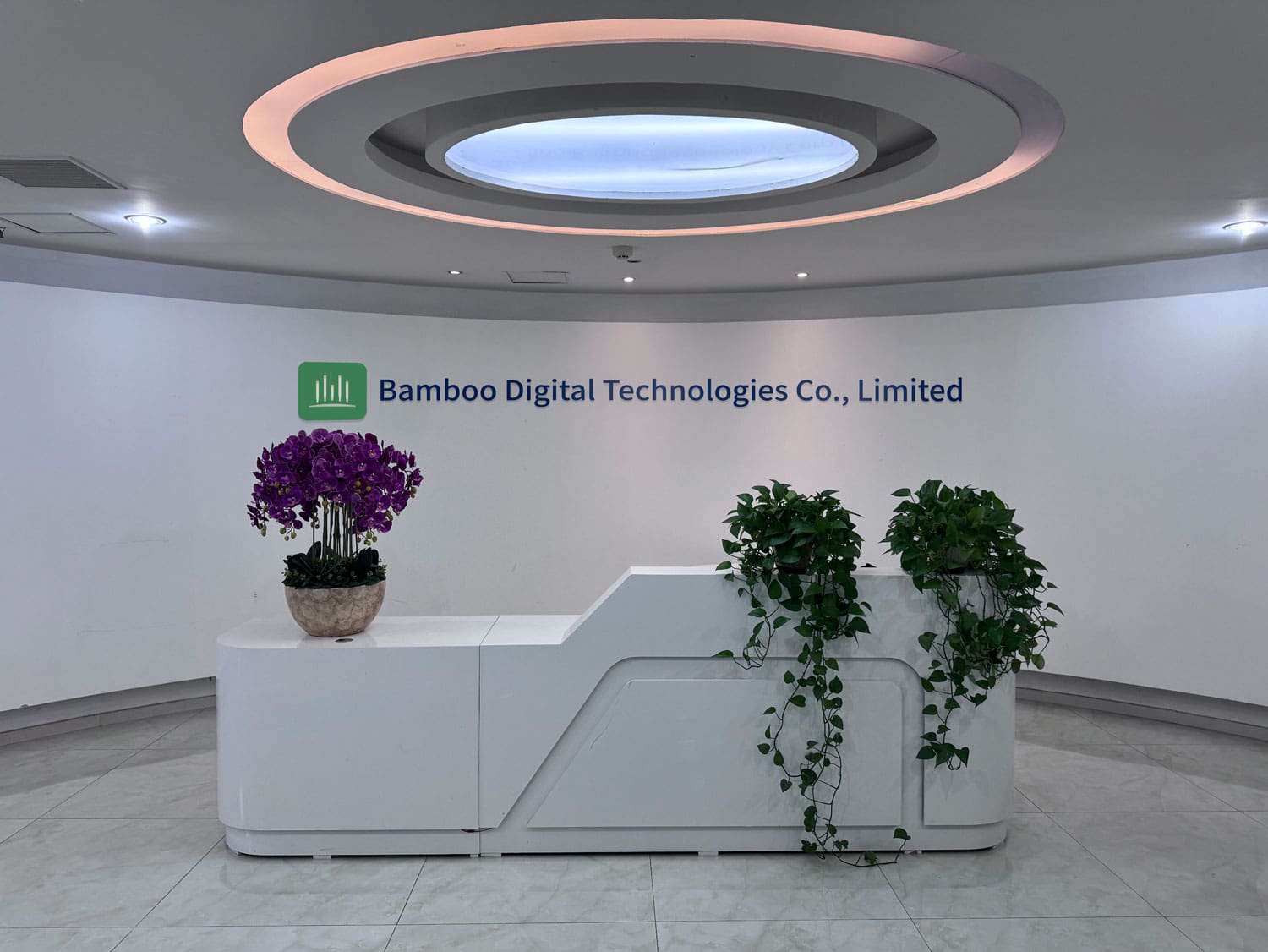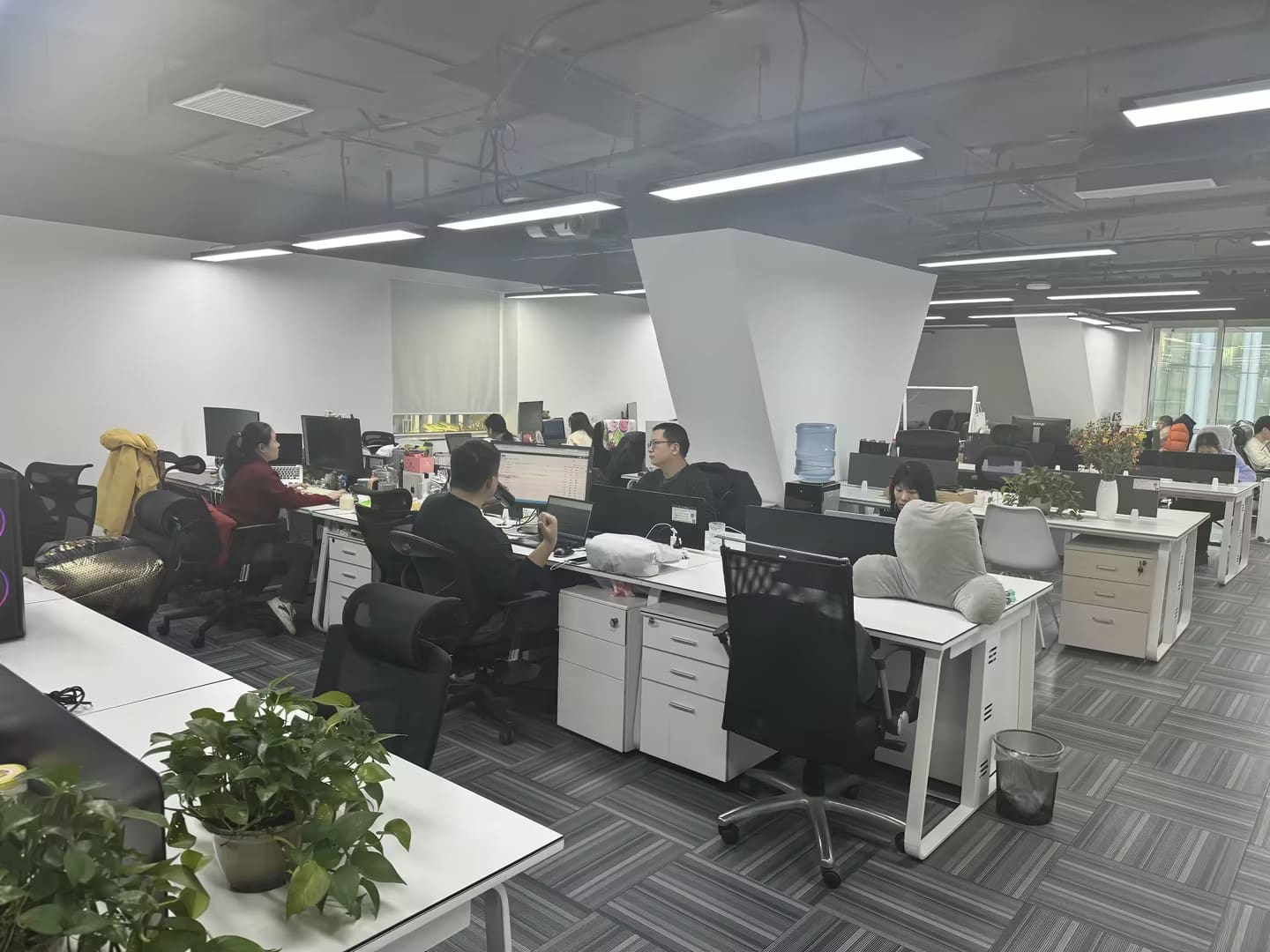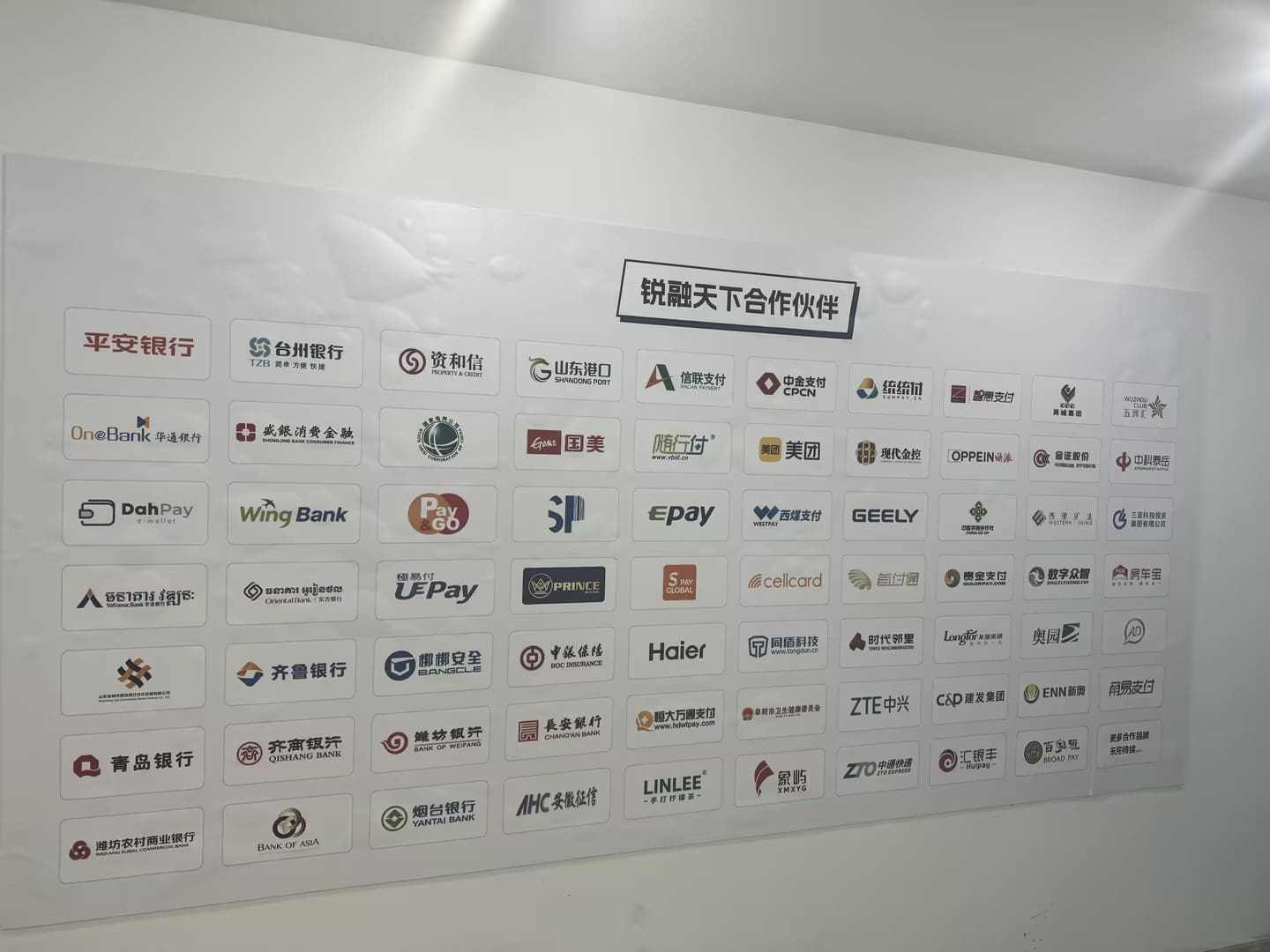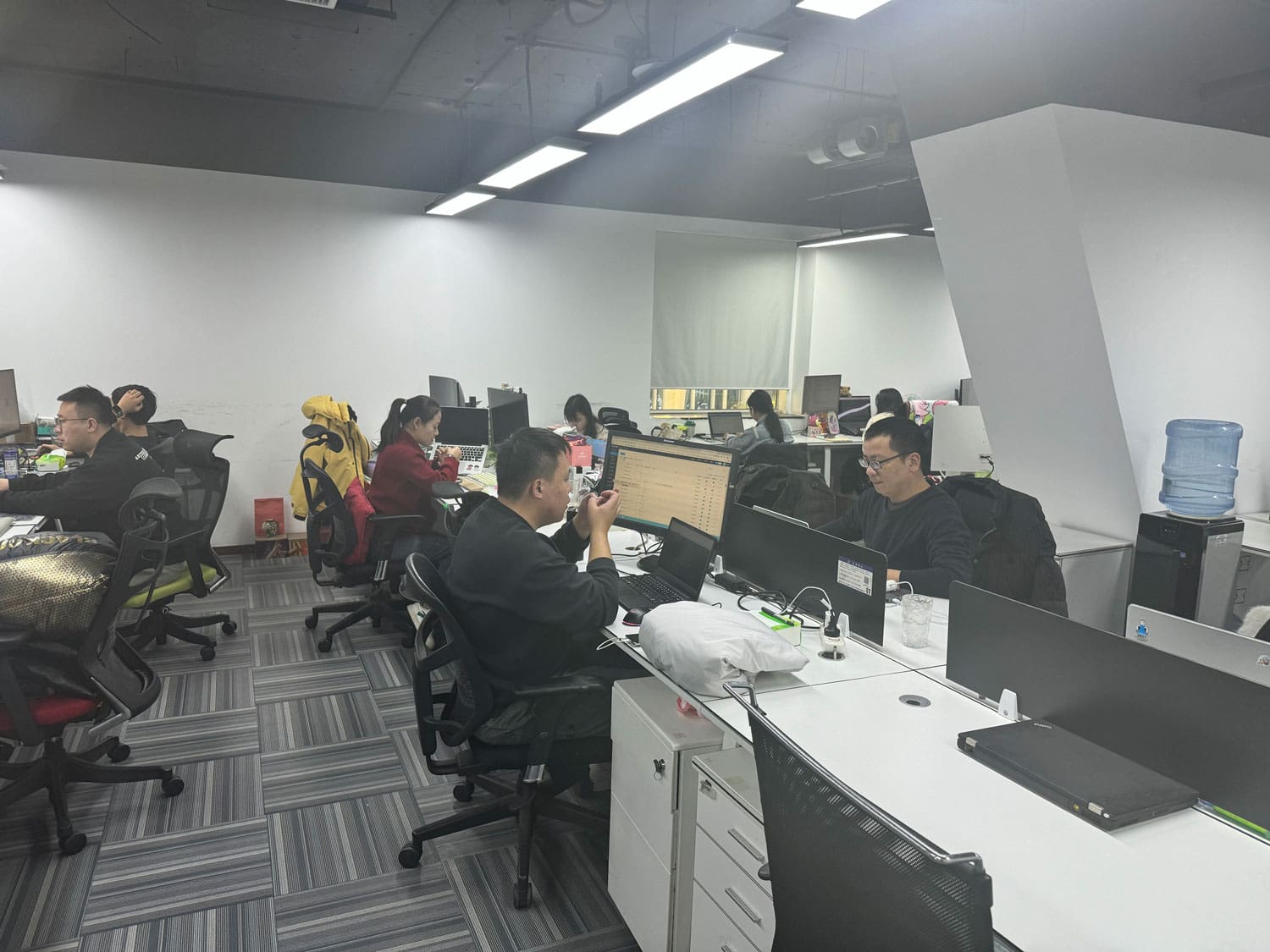The Importance of Secure Payment Systems in Correctional Facilities
In today’s digital age, secure payment systems play a crucial role in ensuring the smooth operation of various institutions, including correctional facilities. While one might not immediately think of prisons as places where secure payments are essential, the reality is that inmates and their families rely on these systems for a range of financial transactions. From purchasing essential items at the commissary to communicating with loved ones through phone calls and emails, having secure payment systems in place is vital for maintaining order and facilitating rehabilitation within correctional facilities.
Challenges Faced by Prisons in Implementing Secure Payment Systems
However, implementing secure payment systems in prisons comes with its own set of challenges. Limited access to technology, concerns about data security, and the need to balance security with convenience are just a few of the issues that correctional facilities must navigate. Introducing these systems requires careful planning, robust infrastructure, and ongoing monitoring to ensure that transactions are carried out securely and efficiently.
Benefits of Secure Payment Systems for Inmates and Families
Despite the challenges, the benefits of secure payment systems for inmates and their families are significant. These systems enable seamless transactions, reduce the risk of fraud, and provide a secure way for individuals to manage their finances while incarcerated. By allowing inmates to access funds and make purchases electronically, secure payment systems can also promote financial literacy and responsibility, which are essential skills for successful reentry into society.
Best Practices for Implementing Secure Payment Systems in Prisons
For correctional facilities looking to enhance their payment systems, adopting best practices is key. This includes working with reputable payment providers, implementing encryption and other security measures, and providing education and support to users. By following these guidelines, prisons can create a secure and user-friendly payment environment that benefits both inmates and staff.
Conclusion
In conclusion, secure payment systems are a vital component of modern correctional facilities. By prioritizing security, efficiency, and user experience, prisons can not only streamline financial transactions but also foster a culture of trust and accountability among inmates and their families. As technology continues to evolve, it is essential for correctional facilities to stay ahead of the curve and implement robust payment systems that meet the needs of all stakeholders.

 Arabic
Arabic Dutch
Dutch French
French German
German Italian
Italian Portuguese
Portuguese Russian
Russian Spanish
Spanish












